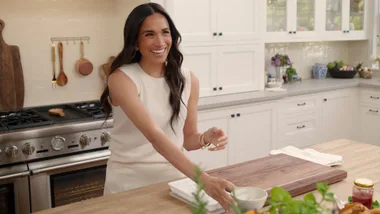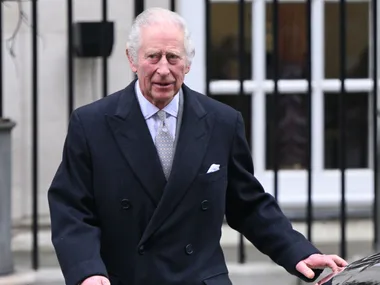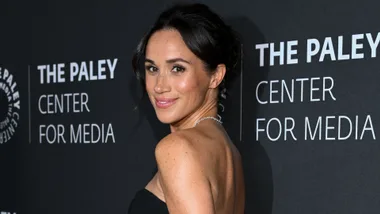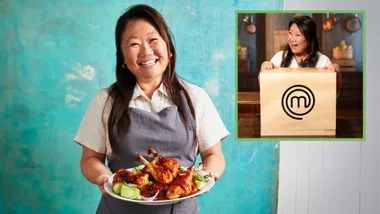Type “high tea etiquette” into an internet search engine and you’ll find a million rules and regulations from the old-fashioned — “It is not only improper to slice a scone, it is considered common” — to the more modern — “always be sure turn off your mobile phone”.
Good manners aside, however, high tea is a lovely, elegant, and intrinsically feminine way to entertain. While the art of doing it properly need not be stuffy or restrictive, it does require forethought and planning.
“People do expect you to have gone to some effort in terms of decoration and flowers if you are hosting a high tea,” says renowned Australian fashion designer Fleur Wood, whose book Food, Fashion, Friends gives styling and entertaining tips for throwing sophisticated events, including an exquisite high tea held in a greenhouse.
“It’s a really nice opportunity to get out all of your mother or grandmother’s old china and silver tea pots,” says Wood. “That’s what I like about hosting these sort of events — you get to use beautiful things we don’t use in our daily lives.”
Of course, it’s also a great opportunity to frock up and look glamorous. Wood recommends a floral frock or vintage dress.
For décor, she suggests mixing it up. “You don’t want it to look either too ‘ye oldy world’ or too ‘shabby chic’.”
She also notes that if it’s for a baby shower — a popular event for high teas — you should avoid the traditional blues and pinks.
Flowers are essential — think tea roses or orchids — as is music.
“It’s important to have the right music in the background to create a mood,” says Wood. “In my book I recommend a French band, Nouvelle Vague.
“Ricky Lee Jones is also fitting for this sort of thing, or there’s a ‘So Frenchy So Chic’ compilation that’s quite good.”
Jill Jones-Evans, owner of The Victoria Room Tea Salon, which provides one of Sydney’s finest high teas, emphasises the importance of the menu.
“It may sound obvious, but with high tea there really is a lot of preparation involved,” she notes. “Give yourself plenty of time if you don’t want to be in the kitchen cutting up sandwiches.
“That said, it is one of the great things about high teas — you can have pretty much everything done in advance.”
The food doesn’t need to be traditional either.
“You could do an Italian-inspired high tea or make another kind of cuisine the focus, even Indian, for example. My grandmother used to serve high teas in the Scottish highlands in the 1960s and then it was all about the pork pies.
“So, feel free to include things like gourmet sausage rolls and pies — it doesn’t have to be all sandwiches and scones.”
Even the scones can be more modern and creative. The new Victoria Room Tea Salon in Westfield Sydney CBD has a ‘specialty scone menu’ with ten flavours ranging from lavender or white chocolate and cranberry to savory pumpkin and ginger or cheddar and thyme.
Jones-Evans says the biggest seller is the date and orange scone served with Sicilian marmalade. Take-home packs of six scones are also popular.
Correct settings are very important too, of course.
“You definitely want to have lovely high tea stands and good tea ware but it doesn’t need to cost a lot,” says Jones-Evans.
“You can mix and match from op shops and Vinnies. I think that mismatched vintage look is great. Definitely use real linen, cloth napkins and flowers. Other nice touches are things like sugar cubes with silver sugar tongs.”
It also ought to go without saying that good quality loose-leaf tea in pots is essential. “Definitely no tea bags,” pleads Jones-Evans. A mix of one black, one herbal and one green tea is a good place to start to make sure all tastes are catered for.
Jones-Evans also suggests a proper invitation in the post, rather than a text or email.
“It’s all a bit old-fashioned and old school so why not start with that? Just think how excited you are when you get a proper letter or invitation in the post these days.”
Your say: What is your favourite afternoon tea recipe?
Video: Raspberry and custard tea cake
Newsletter conversion description. Get the latest in your inbox.







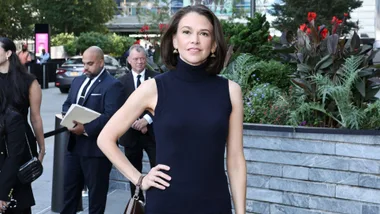


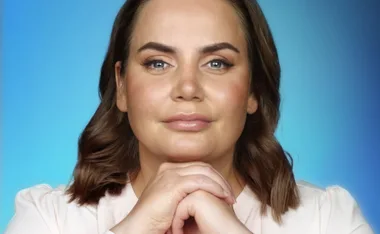




.jpg?resize=380%2C285)

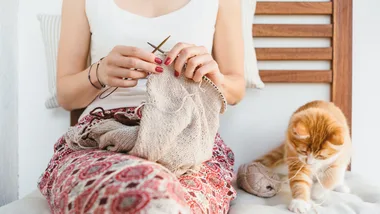

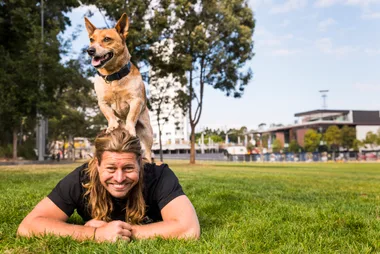

















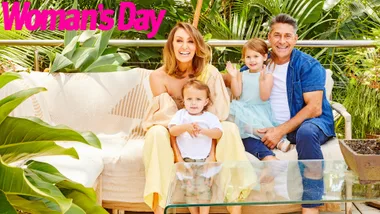
































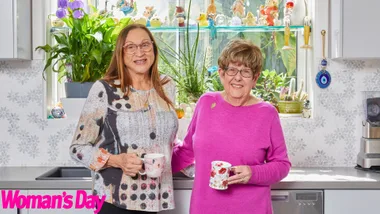
















.png?resize=380%2C285)





.jpg?resize=380%2C285)
